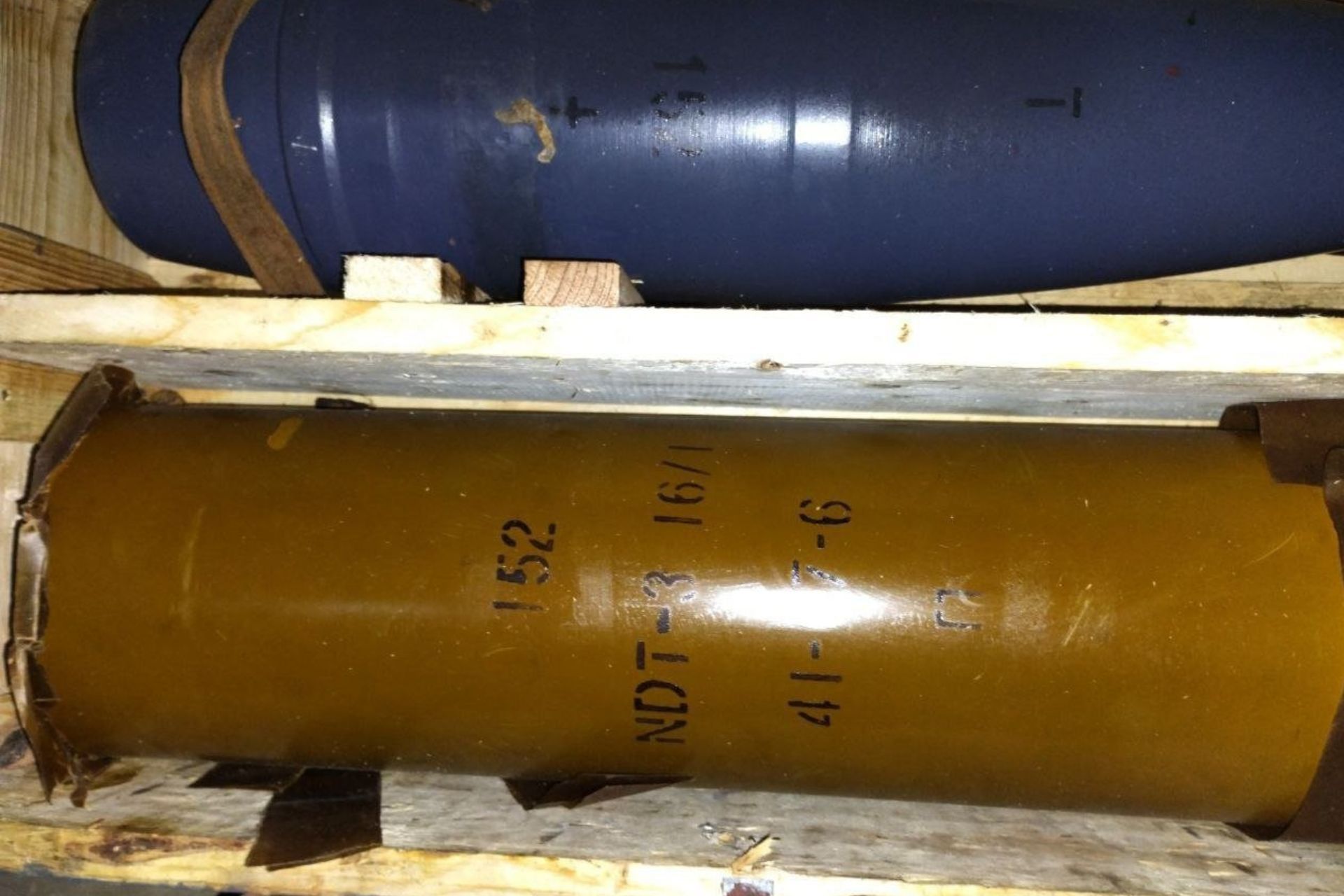Breaking News
North Korea Increases 152mm Artillery Output Potentially Supporting Russian War Efforts.
North Korea has recently intensified the production of 152-millimeter artillery shells, according to officials who spoke to Radio Free Asia. Despite this increase in manufacturing, there remains uncertainty about the final destination of these munitions, particularly whether they are intended to support the conflict in Ukraine.
Follow Army Recognition on Google News at this link

North Korean 152 mm artillery shell with NDT-3 propellant charge in service with the Russian army (Picture source: Ukraine Weapons Tracker)
A factory official in the northern province of Ryanggang, who requested anonymity for security reasons, indicated that key personnel at the factory are unaware of the final destination of the shells. However, the official noted that the urgent adjustments to the production process coincided with Kim Jong Un's visit to Russia, suggesting that the shells might be intended to support Russia.
South Korean Minister of Defense Shin Won-sik confirmed in an interview with Japan’s Yomiuri News on July 24 that the arms trade between North Korea and Russia began in earnest following Kim Jong Un’s visit to Russia in September of the previous year. Shin also revealed that as of July 15, containers transported from North Korea to Russia included 5.2 million rounds of 152-millimeter artillery shells and dozens of short-range ballistic missiles. Nonetheless, some Russian Telegram channels criticized the quality of North Korean munitions, noting that poor quality affects the range and the quality and quantity of the powder used.
The export of munitions by North Korea would violate international sanctions aimed at preventing Pyongyang from diverting resources to its nuclear and missile programs. Despite this, the South Korean Ministry of Defense believes these activities have already started.
Following Kim's trip, several North Korean factories, which usually produced other types of ammunition, were converted to manufacture 152-millimeter artillery shells. A second official from Ryanggang reported that the forestry machinery branch factory in Wangdok, Komsan-dong, Hyesan City has been producing these shells since the beginning of the year. The factory's goal is to produce 6,000 shells per month, though this target has not yet been met due to irregular raw material supplies.
The conversion of the production process at the forestry machinery branch factory was swift, with the new 152-millimeter shell production line installed in the basement previously used for mortar shell production. This transformation was completed in less than two months, with successful test production occurring at the end of December last year.
Although the factory shares the same electrical grid as the city of Samjiyon, which experiences frequent blackouts, it continues to receive a stable power supply. However, the factory has struggled to meet production targets due to inconsistent supplies of raw materials, reportedly from China. The method by which these materials, including special alloys necessary for shell production, are obtained remains unclear.
The first official also confirmed that another factory in Ryanggang province has altered its production to manufacture 152-millimeter artillery shells. In addition to the Hyesan Forestry Machinery Branch Factory, the 915 Factory has been producing these shells since the beginning of the year. The artillery shells produced in Ryanggang are then sent to an agricultural machinery factory in North Hamgyong province for final assembly.
As North Korea continues to enhance its artillery production capabilities, the international community remains vigilant, monitoring potential sanctions violations and the implications for global security dynamics.


























